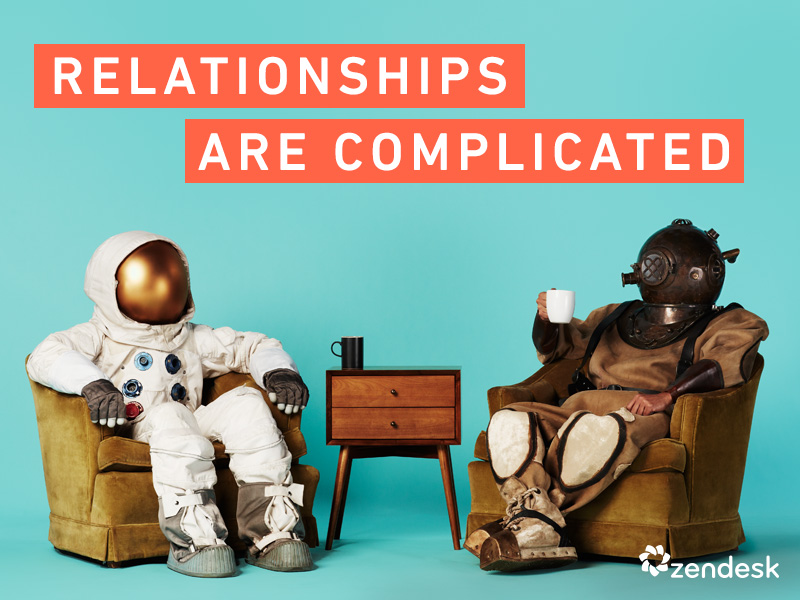Oftentimes, branding is seen as just another expense. Another project that needs budgeting. Another to-do to check off the list. Additionally, a brand’s visual identity and its implementation are often seen the same way—but they shouldn’t be.
Branding is only costly to a company if the company doesn’t fully tap into the brand’s value. Likewise, if you leave your brand’s visual identity to flounder in a presentation deck, it remains an untapped value. Understanding the value of your brand and what its visual identity means is key to shifting the conversation from a business cost to its transformative value.
Symbol of Change
Before the introduction of the visual identity, the rebrand is just words on a page, insights explained, or a strategy outlined. People can’t visually see their brand in action. It hasn’t come to life. That’s why the visual identity is one of the most exciting phases of the brand strategy process. It’s the first time business leaders really get to see the strategy come to life, and it’s oftentimes exhilarating, empowering, and transformative for them.
This is where the visual identity becomes a symbol of change. It represents what’s to come for the organization. It shows how the brand will flourish in the future. It demonstrates growth potential, transformation, and exciting possibilities. It emotes the brand’s promise. Executives can finally visualize where their brand is headed, and this new frontier is intoxicating to watch unfold.
In a successful visual identity presentation, everyone in the presentation is on their feet. The room is filled with excitement and ideas are flowing. Everyone is imagining the look and feel in real-time.
The Cost
The difficulty is that before this stage, leaders often can’t fathom their budget because they haven’t seen their brand come alive yet. This is why it’s important to prepare them for this moment early on. Help them understand that a visual identity might change everything, and that advanced planning is needed to support the upcoming shifts of this wake-up call that’s right around the corner.
Approaches like a phased roll-out or touch-point conversation might help prepare them for discussions about what aspects of their brand might hold the most impact. What are the most important elements to implement first? What’s the sign of change for the media? What’s the most transformative aspect internally? This kind of prioritization will help them get ready for what’s to come.
More Value
The value of branding will transform your business. It will touch every aspect of your organization and, through the visual identity, everyone will be able to see a part of themselves in it. So, it’s critical that the brand—and visual identity—be valued from the start.
Plan for cost, but focus on value.
Emotive Brand is a San Francisco branding agency.
For more reading on our point of view on branding, check out this post.


















